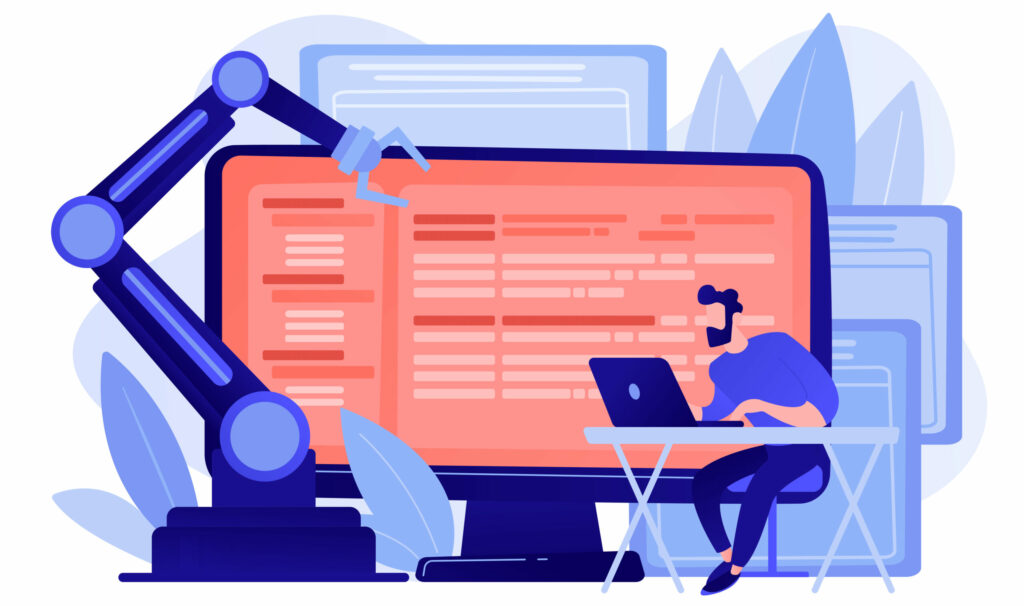
ICVR Takes a Journey Through Pipelines
ICVR turned the spotlight on pipelines during a real-time pipeline session at Unreal Fest 2023 in New Orleans on Oct. 3.
“We are going to be talking about pipeline in the context of linear content here but all of the things we’re talking about are also going to be very relevant” to game development in the near future, according to Chris Swiatek, chief of product at ICVR.
It’s also going to be relevant to “in-camera VFX and really any usage of Unreal Engine where you’re creating assets externally for it: The more assets, the more important the pipeline is going to be,” he said.
“What we want to do here is kind of share what we’ve been working on with our licensed pipeline tools. We hope that’s going to be helpful for people that are looking for a pipeline solution or people that are building their own pipeline and looking to expand it further.”
The company also wants to “call out some specific tools and automations that we think are high impact throughout the process ,” he said, and “we also want to touch on some Unreal workflow methodologies that we believe in for efficiency.”
 Ihar Heneralau, ICVR CEO, pointed out that he and Swiatek co-founded ICVR back in 2016, shifting a bit from the game development sector.
Ihar Heneralau, ICVR CEO, pointed out that he and Swiatek co-founded ICVR back in 2016, shifting a bit from the game development sector.
“Initially we started with the focus on immersive entertainment,” with virtual reality (VR) ads, but grew the studio into three divisions, Heneralau noted. One studio is now focused on games. And “for the past five years, we’ve been doing a lot of in-camera” visual effects (VFX) and animation using Unreal Engine, he said.
A new tools division was launched in about 2020 and focuses mainly on tooling for game development and animation, he said.
“The main part is we want to have our artists focused on creating art” but they spend about a third of their time on “logistics, like submitting files to Perforce, like updating, creating files and creating folder structures,” he added. “We kind of like break down our optimizations into three main points. We want to be able to track tasks, statuses and hand offs between each artist easily, eliminate repetitive tasks as much as possible using automation and limit as well the possible areas of errors…. Last, but not least, is to track the assets and make sure nothing gets lost across the production because projects [are] getting bigger, the environment [is] getting bigger [and] each environment can easily be constituted of hundreds of assets.”
Overall, he said, the “pipeline goal is to create efficiency in production.” All the files “need to be tracked, all of the tasks need to be passed off easily between each artist and, also, we need to know where these files go and what happens with that because, without that, the production can go into chaos,” he warned.
Swiatek then pointed out that, a year ago at Unreal Fest, we presented version 1” of his company’s tools although they were “more like, kind of, version 0. 5 – like [a] very baseline version.” The company also showed an asset review tool and, since then, we’ve expanded that functionality a lot.”
